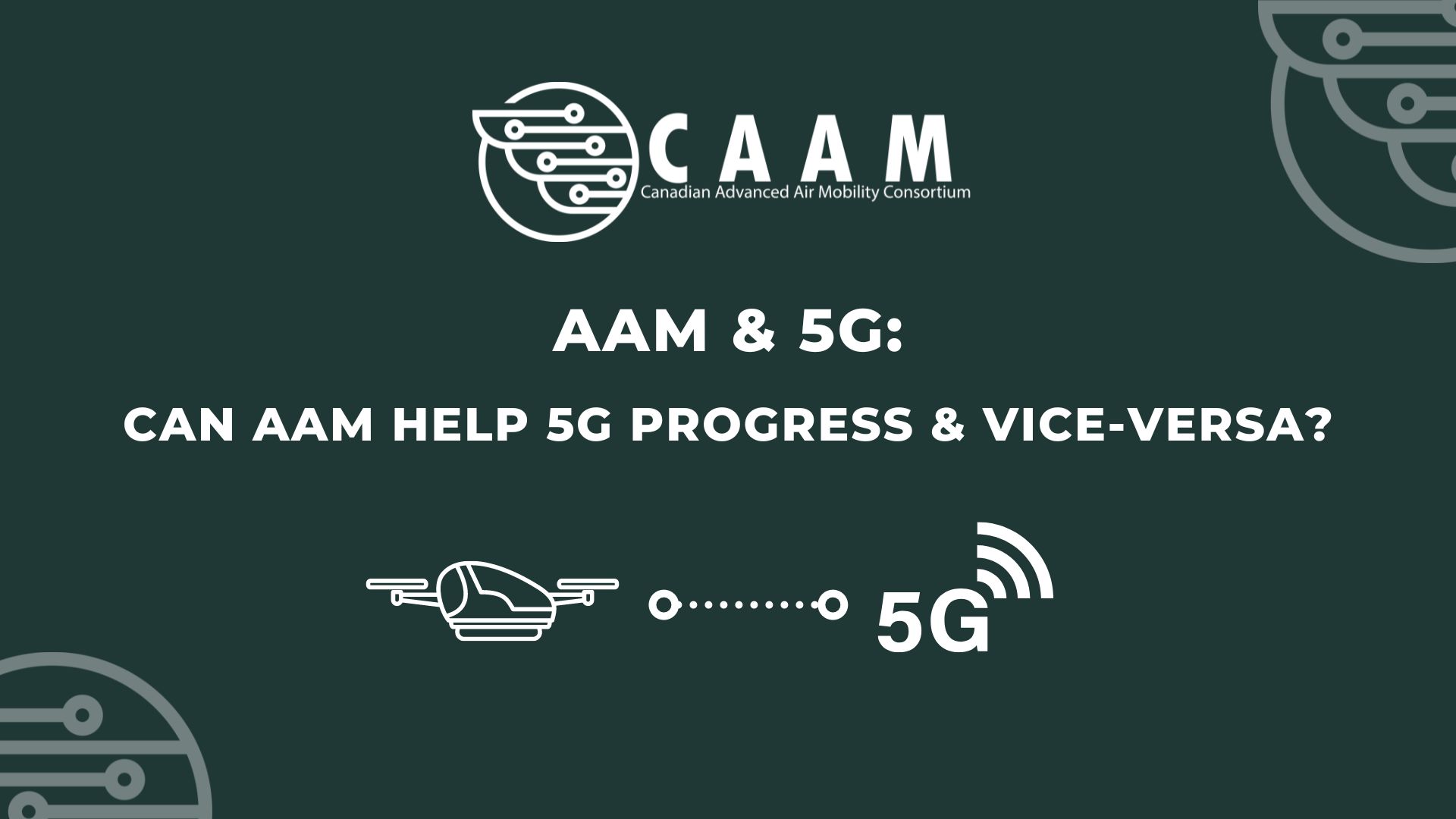 Welcome back to CAAM’s Comprehensive Guide to AAM. In this last chapter of our six-part introductory guide, we’ll summarize both what we learned and what AAM and CAAM have accomplished so far.
Welcome back to CAAM’s Comprehensive Guide to AAM. In this last chapter of our six-part introductory guide, we’ll summarize both what we learned and what AAM and CAAM have accomplished so far.
So please fasten your seatbelts and return your tray table to its full upright and locked position; we’re ready to take off.
Chapter 6: What AAM has accomplished so far
Even though AAM is still a very young industry, all stakeholders have accomplished much, especially Academia and Industry.
Academia keeps creating new ideas to solve problems, batteries that last longer, quieter propellers, faster charges, etc. At the same time, the industry develops new technologies that turn theory into reality—BCIT has a whole section dedicated to RPAS (Remotely Piloted Aircraft System) education and training.
With Academia and Industry going hand in hand, we already have electric aircraft, eVTOLs quieter than airplanes and helicopters, batteries that last 2-3-hour flights, etc.
So even though AAM may seem like a very far away future, it’s closer than it looks. Some companies, like Hellijet, are working with the idea of having UAM as a reality in the next decade. The company’s deal with Blade Urban Air Mobility is one more step in this direction.
What has CAAM accomplished so far
Mainly, CAAM has started the conversation regarding AAM in Canada. But it didn’t start alone in a dark room; since day one, we had the National Research Council of Canada at our side, alongside 18 other founding partners—like University of British Columbia, BCIT, University of Toronto, Nexa Capital Partners, Crown Consulting Inc., KingSett Capital, Helijet International Inc., Iskwew Air, BC Ministry of Transportation, Translink, etc. And we keep growing! Today we have 60+ partners walking toward the future with us.
More importantly, because of all those great stakeholders trusting what we’re doing, we’re able to steer the conversation in the way of correcting past mistakes, making AAM in Canada equitable, inclusive, accessible, sustainable, and zero-emission.
We’re grateful that our hard work attracts international curiosity in what we’re doing in Canada. Our whitepapers (Vancouver and Toronto), Master Plan, and Triple Bottom Line Model are generating buzz and attracting stakeholders to walk this AAM path with us while catching the eyes of worldwide Academia, Capital, Industry, and Government to learn how CAAM is doing what we’re doing. And hopefully, we can help lift AAM not only in Canada but in the world.
So it’s safe to say that CAAM is leading the way for AAM in Canada while also helping to lead the way for AAM in the world.
Summarizing
AAM is still in its early chapters. But it’s important to realize that technology is advancing faster than we can accompany, and ten years pass in the blink of an eye.
Ten years ago, the Prime Minister of Canada was Stephen Harper. Riots broke out in Vancouver after the Canucks lost game 7 to the Boston Bruins, Adele’s Rolling in the deep was Billboard’s #1 single, and Apple released iPhone 4S.
Ten years pass in the blink of an eye, but it’s more than enough to change the world. That’s why CAAM is today laying the ground for the future. We’re starting conversations now to ensure that when AAM is a reality in ten years, it’s equitable, inclusive, accessible, sustainable, and zero-emission.
It may seem that CAAM didn’t accomplish much, but moving the needle a little every day goes a long way, especially when talking about technology, equity, sustainability, and climate change.
What’s next
That’s the end of this journey. But rest assured, that is many more to come. So follow CAAM’s social media for quick updates, and keep checking our website for more news and in-depth analysis of the AAM world.
And please, don’t forget to fasten your seatbelts and return your tray table to its full upright and locked position; we’re taking off.
- Chapter 1: What is AAM?
- Chapter 2: What is an eVTOL?
- Chapter 3: What is CAAM?
- Chapter 4: How can CAAM help advance AAM?
- Chapter 5: Vertiports and Government
- Chapter 6: What we accomplished so far
By Giovani Izidorio Cesconetto


